A Conversation with Howard Marks
To learn more about Epsilon Theory and be notified when we release new content sign up here. You’ll receive an email every week and your information will never be shared with anyone else.
Continue the discussion at the Epsilon Theory Forum
The Latest From Epsilon Theory
This commentary is being provided to you as general information only and should not be taken as investment advice. The opinions expressed in these materials represent the personal views of the author(s). It is not investment research or a research recommendation, as it does not constitute substantive research or analysis. Any action that you take as a result of information contained in this document is ultimately your responsibility. Epsilon Theory will not accept liability for any loss or damage, including without limitation to any loss of profit, which may arise directly or indirectly from use of or reliance on such information. Consult your investment advisor before making any investment decisions. It must be noted, that no one can accurately predict the future of the market with certainty or guarantee future investment performance. Past performance is not a guarantee of future results.
Statements in this communication are forward-looking statements. The forward-looking statements and other views expressed herein are as of the date of this publication. Actual future results or occurrences may differ significantly from those anticipated in any forward-looking statements, and there is no guarantee that any predictions will come to pass. The views expressed herein are subject to change at any time, due to numerous market and other factors. Epsilon Theory disclaims any obligation to update publicly or revise any forward-looking statements or views expressed herein. This information is neither an offer to sell nor a solicitation of any offer to buy any securities. This commentary has been prepared without regard to the individual financial circumstances and objectives of persons who receive it. Epsilon Theory recommends that investors independently evaluate particular investments and strategies, and encourages investors to seek the advice of a financial advisor. The appropriateness of a particular investment or strategy will depend on an investor’s individual circumstances and objectives.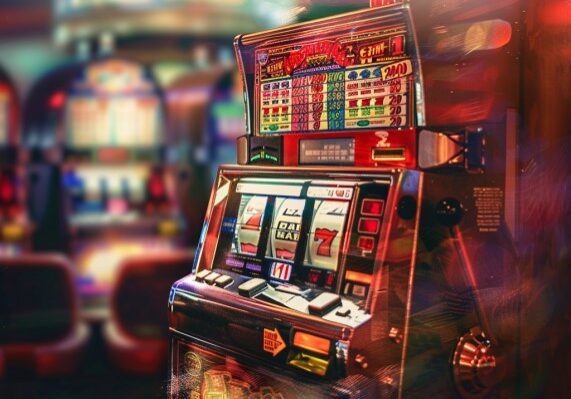
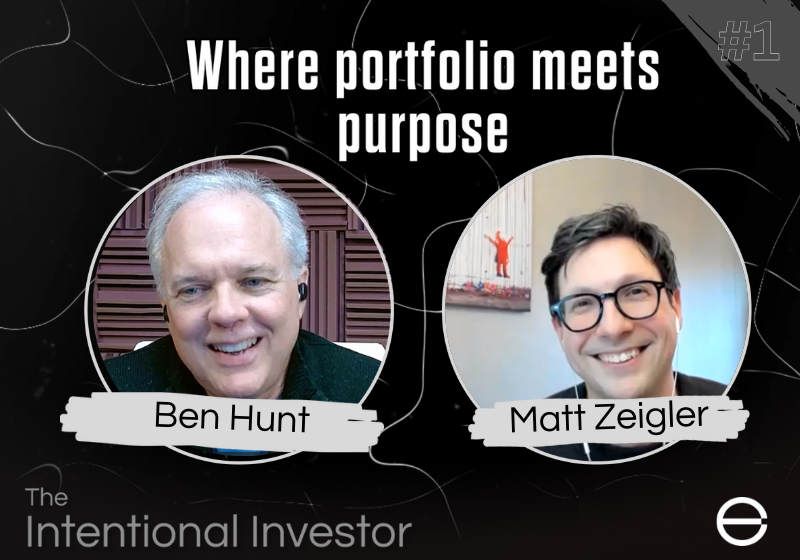
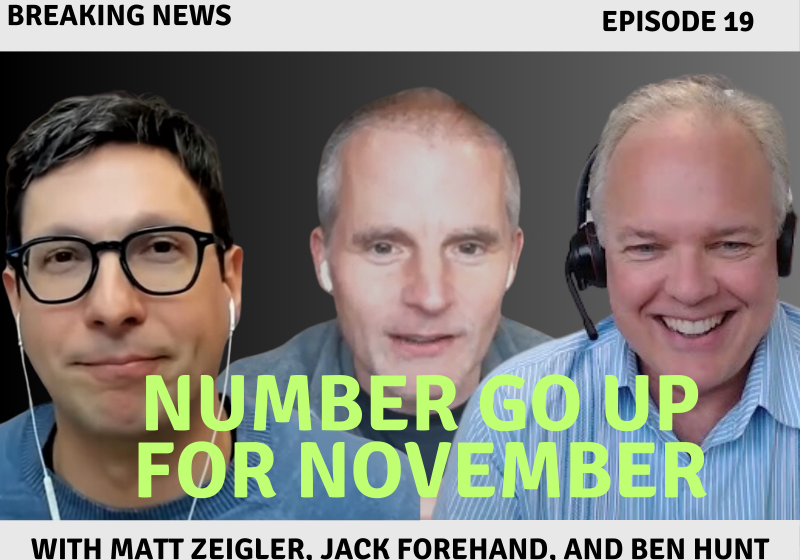
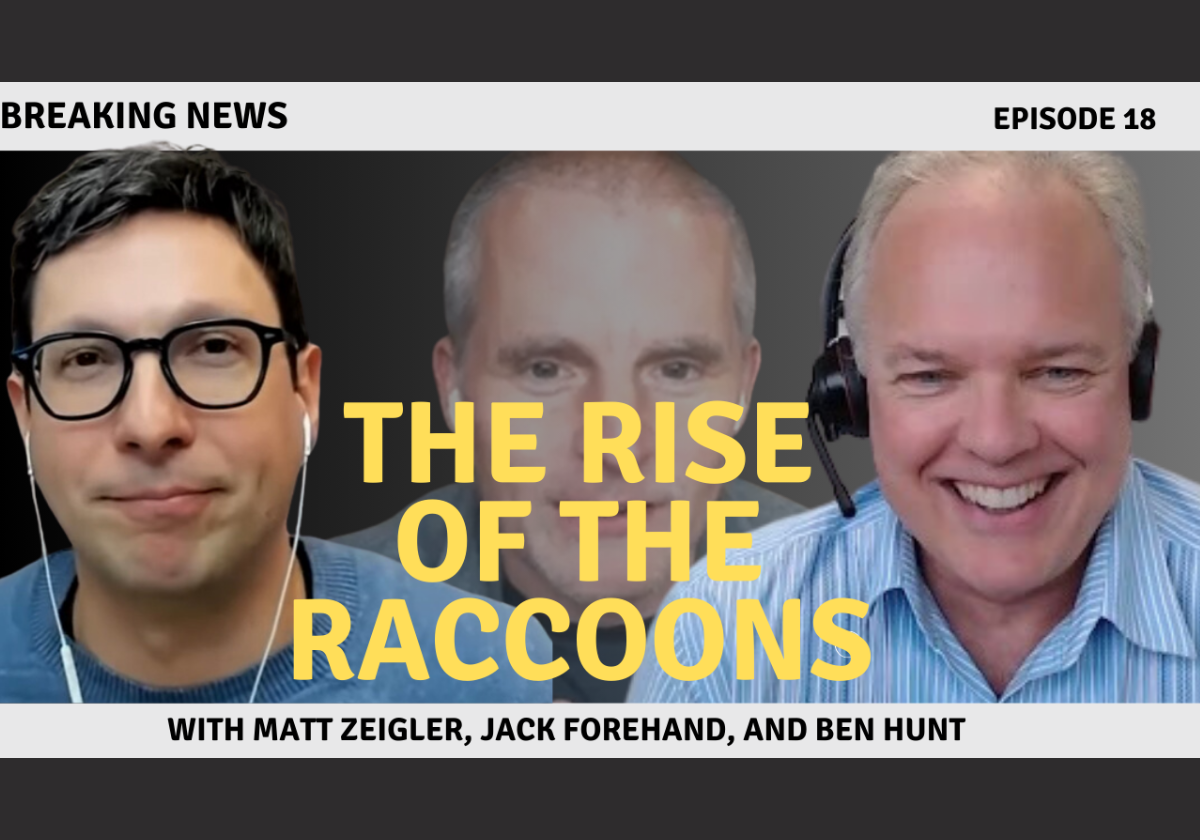
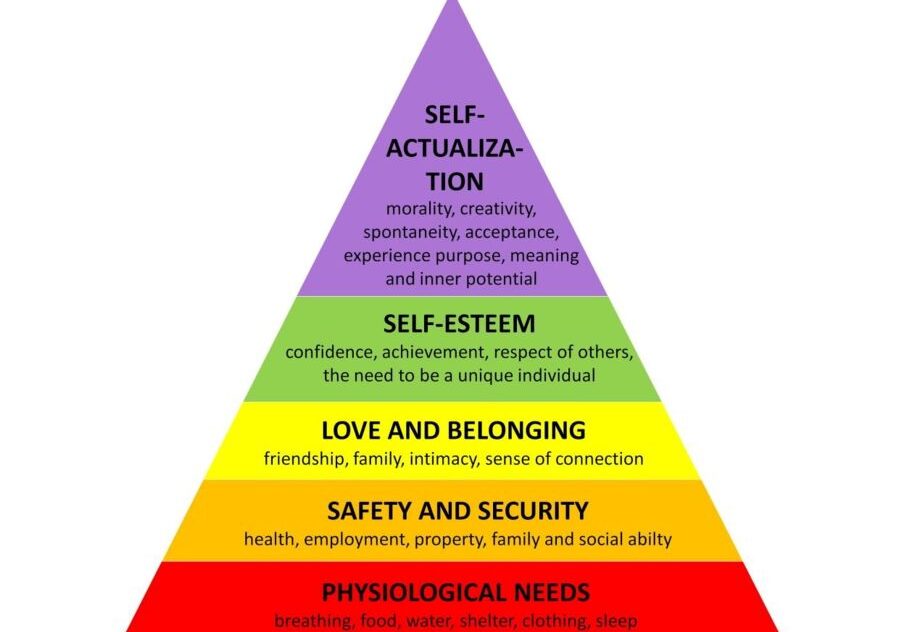
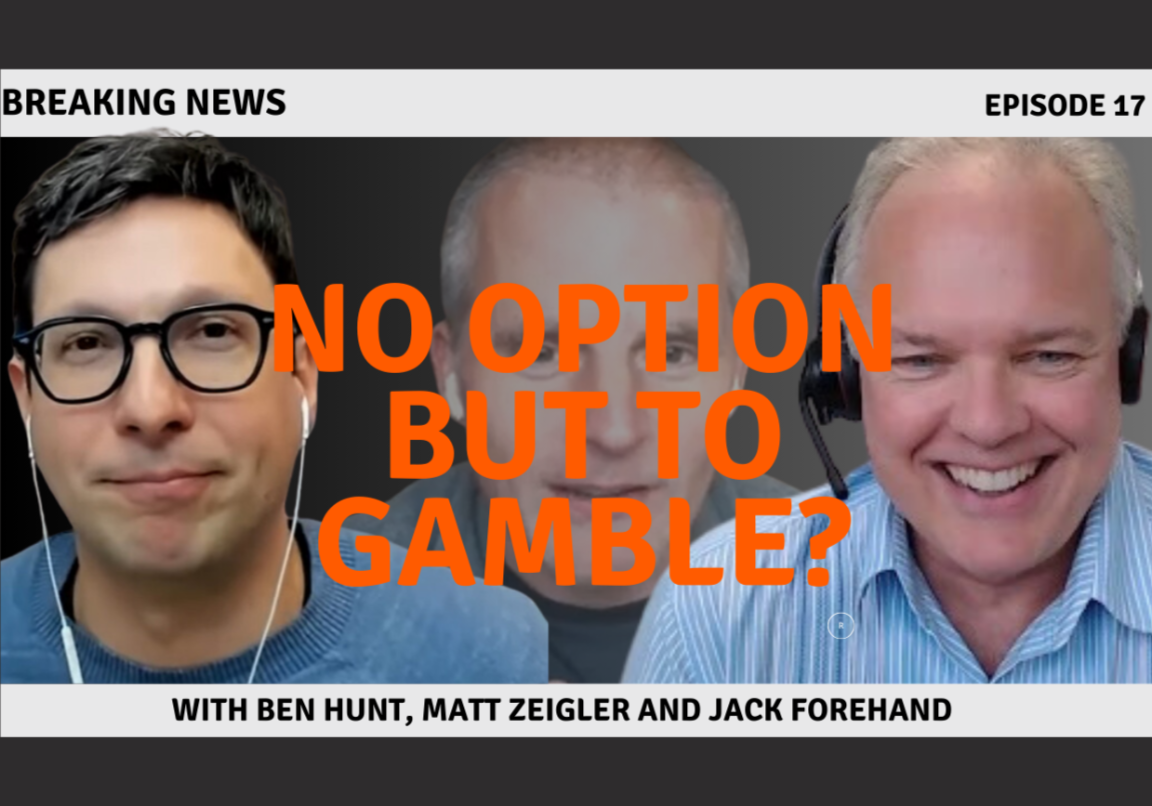

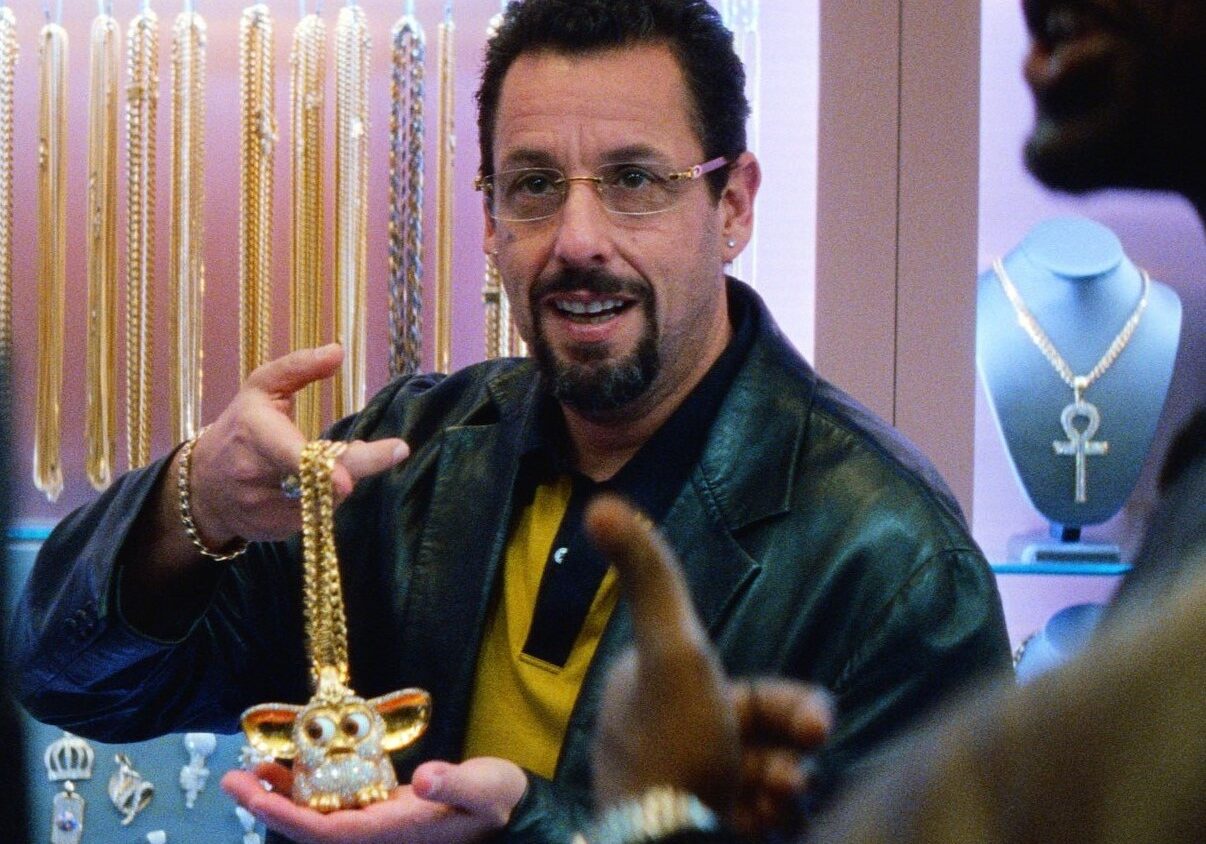


Its a good piece. I think Howard owns a business that is dependent on the financial markets and to that extent he is not just an investor, he is also long in a structural way the industry. So is his family. I know he knows what the effect of a crash will be on his industry, net worth and team. I think he he is very right about what he says, but they are kind of generalizations, I think he is very moderate because he is very aware of career risk or better said business risk, or maybe reputation risk, knowing what weight strong statements from his side can carry. Whatever the case yes, there are a lot, too many on the right of that spectrum, many are no Howard’s and most have no clue what they are doing and investing money they cant loose and on record margin. true, governments will prop up anything, give away money, stretch out taxes grow huge debt balance, yes all true, in my mind it is the greatest mismanagement experiment of all times, it all makes a great recipe for a very fragile selfish system that is so vulnerable that at some poin can only collapse, the king is naked!
The reticence to explore the tails of the risks that are building, and instead gloss over them, “Yay! In the Long Run!” is part of the confidence game Wall Street plays with its clients. The siphoning of value to the managerial class in Wall Street and Corporate Street makes a huge difference in risk tolerance between the barkers and the muppets (the internal Goldman term for how it really felt about its clients). It matters to the US investor trying to scrape together $1 million to retire whether there is a drawdown again similar to the past two, right as they are about to live off of that pile of savings. The next drawdown means nothing to those already holding >$100 million in wealth.
And, Howard Marks doesn’t deserve being lumped into that cesspool of barkers.
That is an apology to Marks for my comment associating him, not a problem with Fabrizio’s comment!
Muppets? Us non-financial pack-members really appreciate that insight!
> the ratio of the growth and value indices looks to oscillate fairly consistently around 1.00.
The dichotomy between value investing and growth investing is simply a case of sliding percentages. Sliding percentages are well-known in the real world (e.g., tax brackets), and can be qualitatively modeled in a quantitative way via the expressions (r.x)/x and (x – r.x)/x, r.x being an abbreviation for log.(1 + x), for x positive, where log is the natural logarithm.
In the case at hand, x is the amount of your liberality (as opposed to conservatism), and (r.x)/x is the fraction of your investing that is value-based, and (x – r.x)/x is the fraction of your investing that is growth-based. (Being super-liberal myself, I’m investing in Esperanto!)